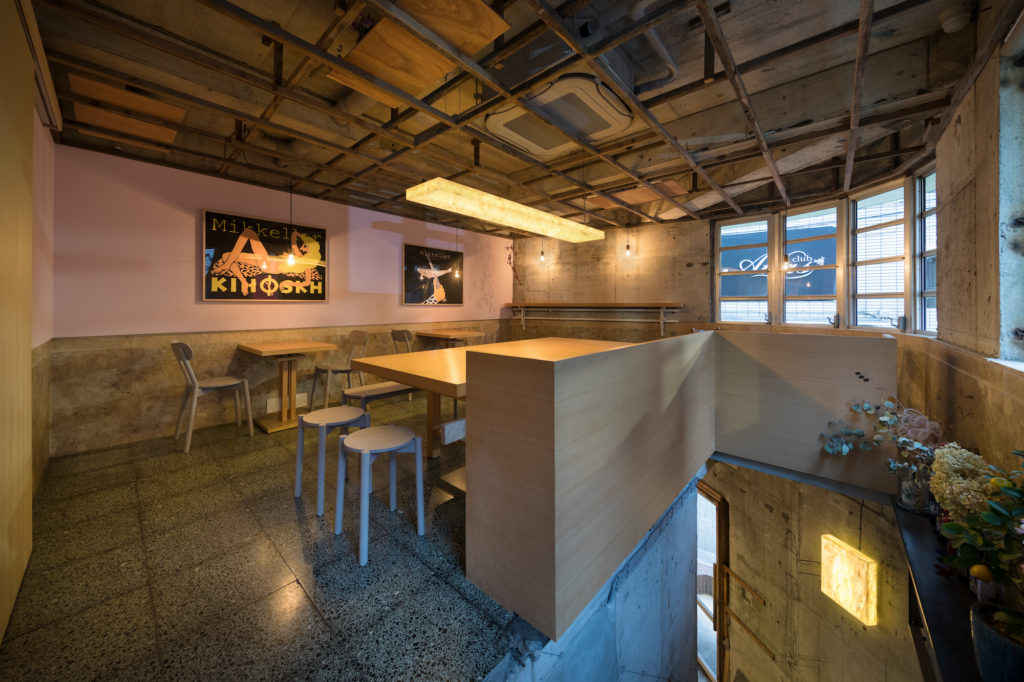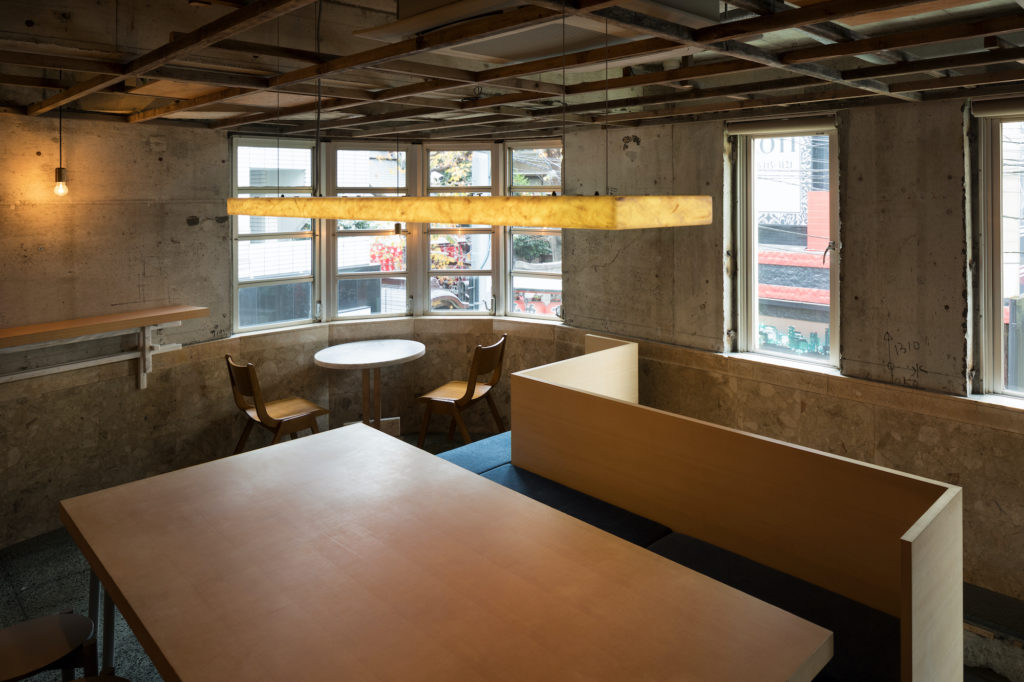On clear mornings a bright sheet of sunlight animates the bare interior of Wataru Kambe’s cafe, Sniite. It feels more like a gallery or a garage than a specialty coffee shop. The relatively austere space in Setagaya has no tables, bicycles park freely inside, and seating is limited to a couple of built-in concrete benches and a large circular ‘sofa’ made of recycled foam off-cuts (that reads more like a sculpture). As the shop fills up with regulars, locals and newcomers of all ages, it becomes clear that this is a special new kind of community space with a diverse following.
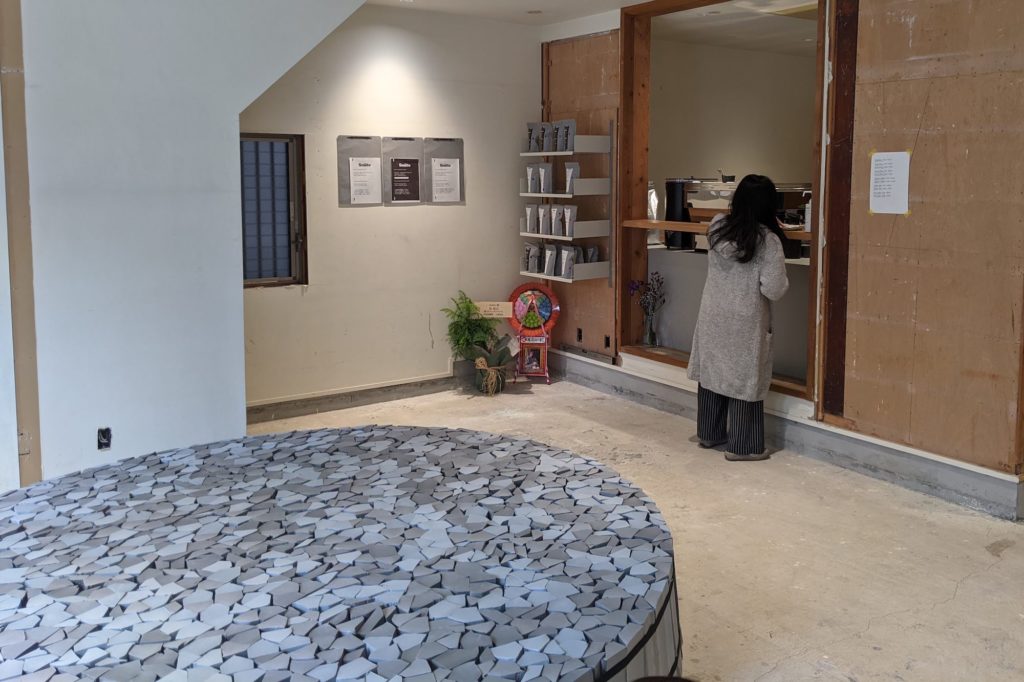
Seki-san, the eponymous director of Yusuke Seki Studio knows how to do a lot with very little. The first time you step into a Seki-style interior, you could be forgiven for thinking the carpenters ran out of time. The raw concrete surfaces; worn timber structures; exposed pipes and wiring that are typical of his works, all conspire to make the space seem like a work in progress rather than a finished product. Yet his surgical-like subtractions reveal a building’s buried stories, and the smart addition of a few functional objects are a precisely calculated process that taps into something very human.
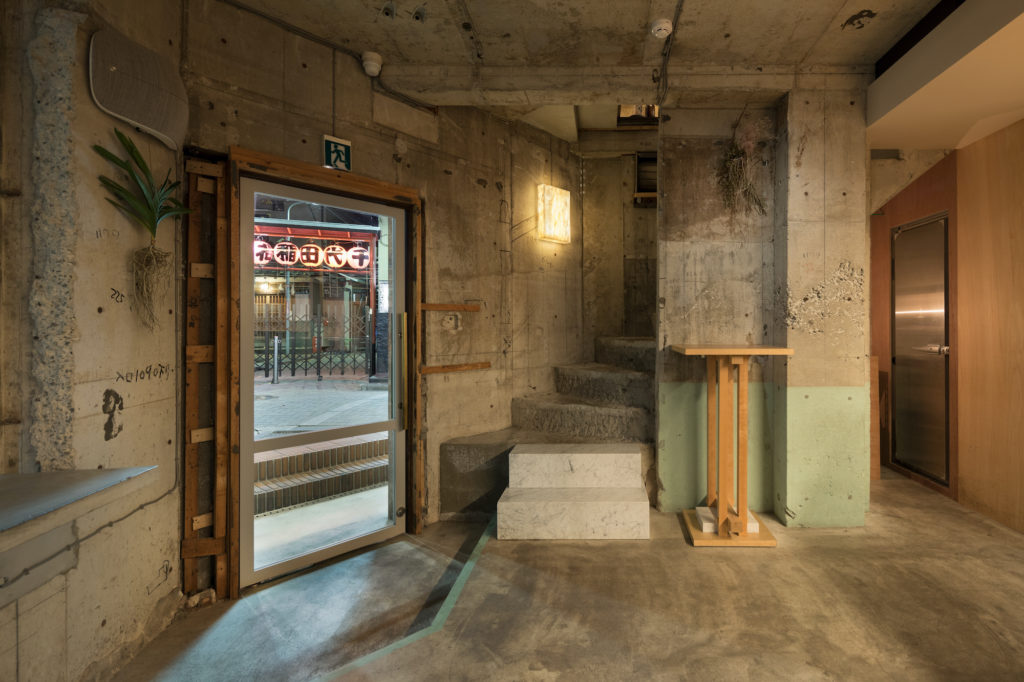
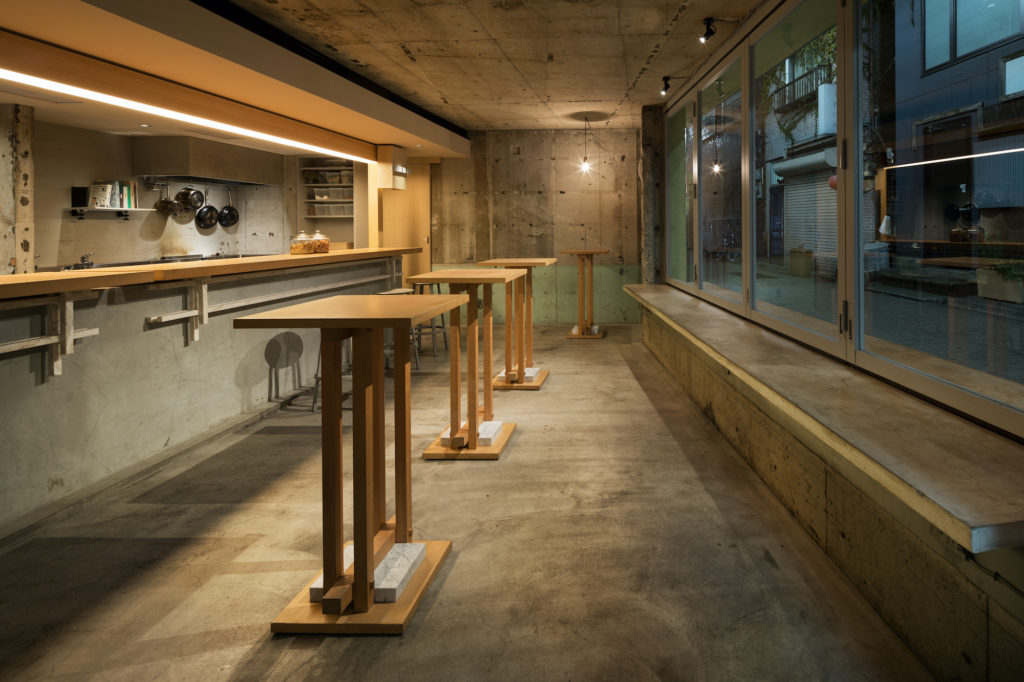

The traces of previous inhabitants and the processes of construction inspire Yusuke Seki, who from a young age looked up to contractors as heroes. At high school he witnessed the damage caused to Kobe city by the Great Hanshin Earthquake in 1995 and was absorbed by its subsequent rebuilding. “I was overwhelmed by the enthusiasm of the people who were taking part in the reconstruction,” recounting his fascination in witnessing the reshaping of the city and the multitude of designers and craftspeople involved in this effort.
This theme of destruction and reinvention is a cornerstone of Seki’s work. An early project designing the flagship store for ‘Maruhiro’ ceramics in Saga prefecture garnered attention for his unexpected approach. Seeking to amplify the heritage of the brand on the site of the previous store, he upcycled 25,000 pieces of ‘shinikiji’ or discarded ceramics, which were filled with concrete and assembled to create a solid platform floor for the display of the new collection. In the re-valuation of an existing material into a new architectural form, Seki san seeks to elevate the flawed and fragile as the foundation of beauty.
In a similar vein, during a recent project for the Danish beer company Mikkeller in Kanda, removal of the wall linings revealed a timber structure severely damaged by fire. The charred timber – which might otherwise have been a footnote during demolition – became a featured texture that proudly describes the history of the building, connecting the patrons more intimately to the site and capturing the “underlying spirit of wabi-sabi”. Seki finds charm and beauty in things that have long since decayed.
Beyond an aesthetic and economic appeal, the ‘unfinished’ label suits Seki well. He considers the handover of a project to the client more like a point in time, than a completion. Like the aggregation of materials and stories that he cleverly unpacks in an existing space, Seki designs in the knowledge that his spaces will grow and change throughout their new life. “Just as the construction work in the city of Tokyo never ends, I believe that the space I handed over to the client will be constantly updated.”
Revealing the history and nature of a place by reevaluating “irreplaceable” elements with new interpretations, Yusuke Seki connects the end user to the stories and people who had a hand in the creation of the space as well as the “actual process of building a store.” His authentic minimalism adds value through the subtraction of existing elements, and by introducing new functional elements he connects the past and present with a unique vision for the future.
